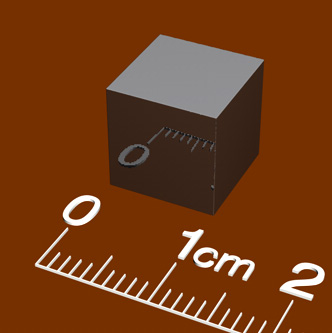Why
The Eiffel Tower is, with the Statue of Liberty, the most well-known work of Gustave Eiffel and his team. It was completed in 1887 for the Paris world exhibition. British and American architects had been toying with the idea of a building that would be “1000 foot high”, a true challenge at the time. 1000 foot is 304.8 metres. The architects in Eiffel’s construction company therefore quietly proposed a 305m tower as entrance gate to the exhibition grounds. The actual height is slightly more now: 324m to the tip of the antenna.
The tower is built of steel and extremely light: it weighs only 7'100 tons (not counting the restaurants and the tourists). It could actually be lighter still: the round arches between the feet are purely ornamental and are hanging from the first floor, they do not support anything and have no structural function! They were added “to make it look better” to the 1880s public.
The shape of the side is an exponential curve, which is the mathematical solution to the problem of greatest resistance to horizontal wind forces with minimum use of building material.
You can download a 3D model of the tower from the official site (the site is available in many languages):
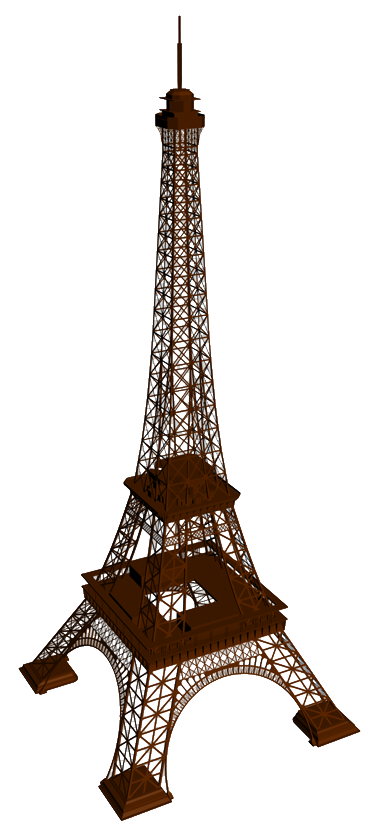
This page discusses how to make a simplified model of the Eiffel tower from three sheets of paper. I will give the reason for this exercise at the end, but if you want to keep up the excitement, don’t go there now to read it!
The paper Model
Rather than trying to add details or print photos onto the paper, I decided that a very stylised version would be more appealing.
This is a very simplified model. When finished my own attempt looked like this:
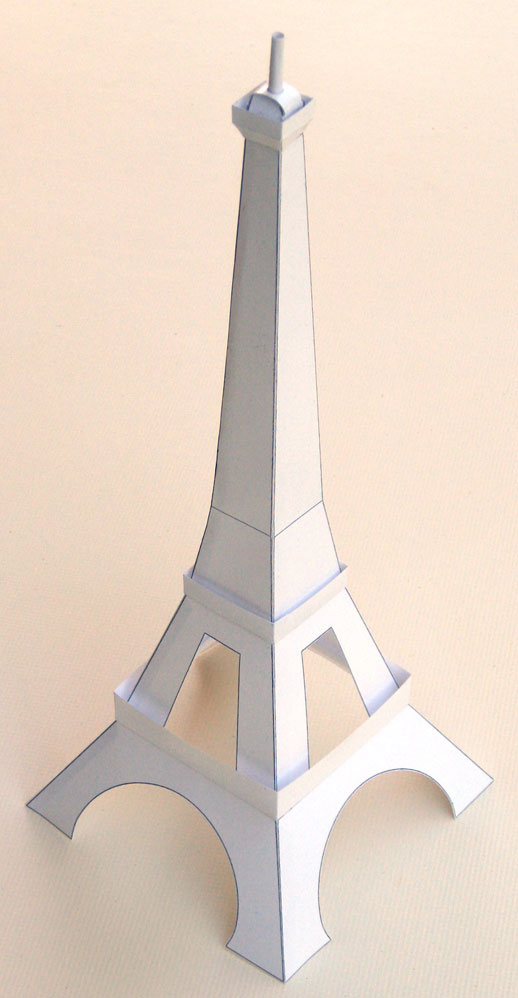
(this is an actual photo, all other illustrations are screenshots of 3D computer models)
Making the Model
To build the model, download the pdf cut-out designs.
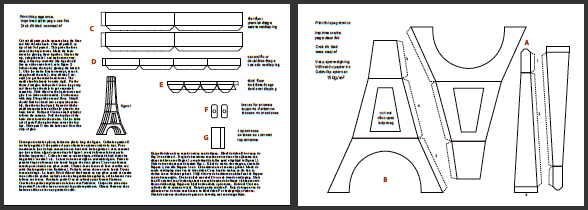
Print them onto rather heavy paper, say 150g/m2 (but not heavier). Normal paper weighs about 80g/m2 and good photo-quality paper weighs 150g/m2.
Begin with the assembly of the four sides. Cut out the arches and the trapezoidal hole; glue the top parts to the bottom parts. You will have four times this thing:

Then make folds along all lines, those of the tabs as well as the horizontal ones that separate the side into 5 parts. Also fold back the tabs. You get:

Flatten the folds again, then line up the four sides and glue them by the top tabs only, ensuring everything is well-aligned (this cannot be corrected once the glue has set!). You should have this:
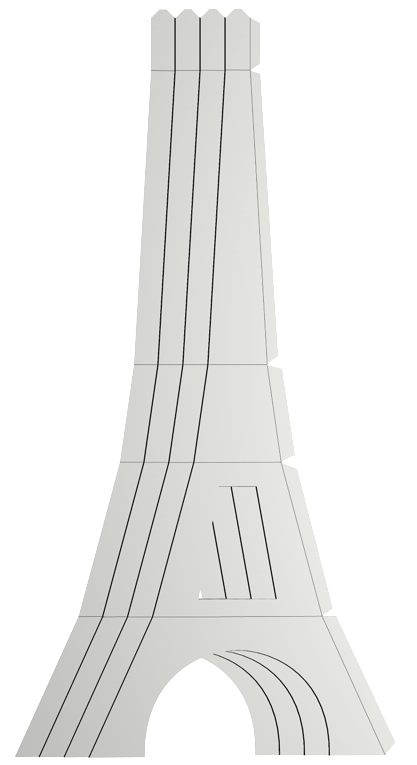
Then fold the top all around and glue the last top tab back onto the first side, to make a squarish assembly whereby the rest of the four sides are still hanging off loose:
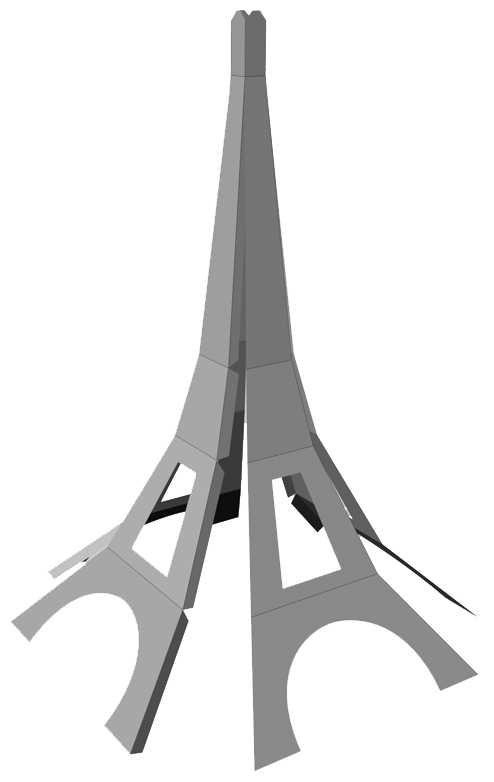
Now glue the other tabs, proceeding from the top, i.e. glue all four tabs of one level before proceeding to the next level down. You obtain:
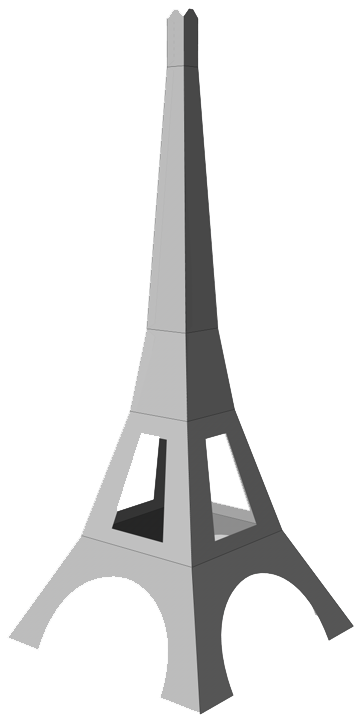
This is in itself already rigid and it’s essentially done! What follows is largely ornamentation.
Assemble the three “floors” and glue them on.
The antenna is the most difficult part to do: first bend the top lips over to the centre (you may have to cut them a little deeper):
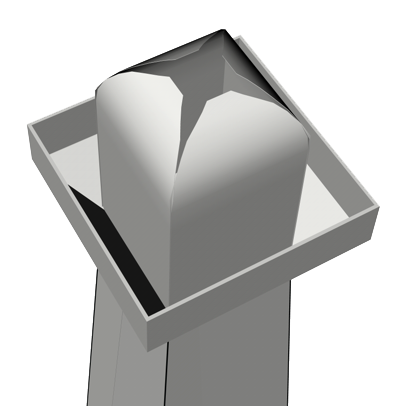
Then glue the two support strips crosswise over this and insert the rolled-up antenna into the hole:

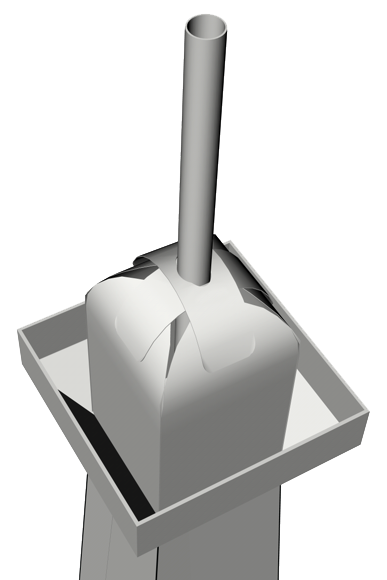
Finished!

The reason for doing all this
If you used the right thickness of paper (i.e. about twice as heavy as normal photocopying paper) and you did not use too much glue, then your paper model weighs about 7grams.
It may seem flimsy, and you can certainly crunch it up easily!
The paper model is about 30cm high, in fact it is a model on scale 1/1000. The model therefore takes 1000x1000x1000 times less volume than the real tower, one billionth.
If you were to make an exact model in metal (iron, not quite steel) on scale 1/1000 then it would also weigh only a billionth, i.e. it would weigh 7'100'000 kg divided by 1 billion, or 7 grams.
Your paper model weighs the right weight of an accurate model!
If you had made that accurate model out of iron, like the real thing, you would have used 7 grams of iron. Iron has a density of 7.87g/cm3 so that would have been less than 1cm3 of iron!
